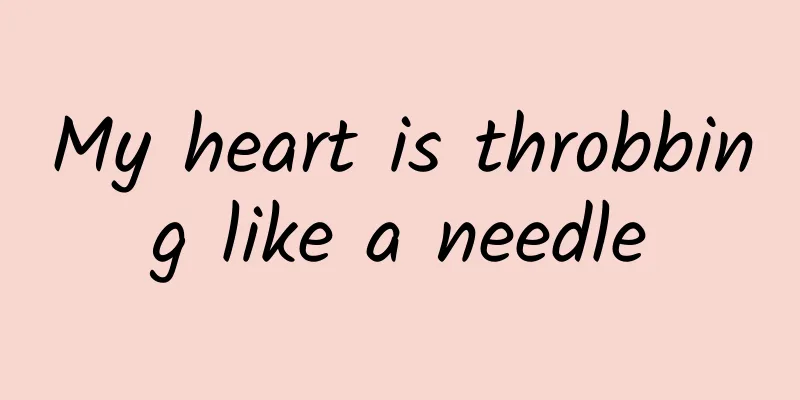What to do if your child has a fever that varies from high to low

|
When a child has a fever, the fever may recur sometimes, and the temperature may be high at times and low at times. This is a common symptom of fever. First of all, parents should not be too anxious. A child's fever is a common manifestation of immunity. In addition to regular treatment, parents should pay more attention to maintenance. For more serious fevers, they should go to the hospital for examination in time. Expert: Don’t worry, mom, we will teach you how to deal with it! Most fevers in infants and young children are caused by respiratory tract infections, with upper respiratory tract infections being the most common, among which viral infections are the main cause. If a routine blood test is done on the child and the white blood cell count is shown to be elevated and accompanied by an increased percentage of neutrophils, bacterial infection is likely to occur and antibiotic treatment (oral, intramuscular, or intravenous) is required. The occurrence, development and recovery of infectious diseases are related to the virulence and quantity of pathogens and the resistance of children's bodies. If a child has only an upper respiratory tract infection (and is not malnourished or otherwise ill) and is treated promptly, most children recover within a few days. During this period, the child's body temperature may fluctuate, which is related to the use of antipyretics. But if it's pneumonia or another more serious infection, this process may take longer. During the course of the disease, the child's mental state will change with the fluctuations in body temperature. Generally speaking, when the body temperature rises, the child's spirit will be worse (many children show drowsiness), but when the body temperature returns to normal, the baby will become more lively and energetic. It should be pointed out that due to the incomplete development of the nervous system of infants and young children, convulsions are prone to occur when the fever is high. Therefore, when a child has a fever, parents should avoid covering him/her with a blanket to prevent him/her from sweating, so as to prevent the temperature from rising and even causing convulsions. The correct approach is When the baby has a fever, you should reduce the amount of clothing appropriately and take active cooling measures (physical and drug cooling measures). On the one hand, give your child more water to encourage him to urinate more. You can also use physical cooling measures such as an ice pillow, a cold or ice towel applied to the forehead, or a 35% alcohol bath. On the other hand, antipyretic drugs can be used appropriately to prevent high body temperature from causing damage to the baby's body. |
<<: What to eat to treat bad breath in children
>>: What medicine should I use for my child's eczema?
Recommend
Is it easy to get pregnant after hysterosalpingography?
In fact, hysterosalpingography is a method of det...
What can I eat to lower the three highs?
The health of the body is a very important founda...
How to reduce inflammation after picking acne
Some pimples are more stubborn, and some people c...
Treatment for cold urticaria
Cold urticaria is a rare abnormal reaction to col...
Will the expanded body be absorbed?
The height of the nose determines the three-dimen...
When I woke up from sleep, my mouth was crooked.
If your mouth is crooked when you sleep, it may b...
What are the causes of tinnitus and hearing loss?
We all know that ears and eyes are the two doors ...
What is the reason for the appearance of sha on the back?
Everyone knows the method of scraping, which is t...
Why are my fingers numb? How to treat numb fingers
As for the question of why fingers go numb, there...
Symptoms of excessive stomach acid
Nowadays, the pace of life is getting faster and ...
"It's a good autumn with cool weather" - Moxibustion for diarrhea
As we enter autumn, we can all clearly feel that ...
What are the symptoms of mild encephalitis?
If encephalitis is relatively mild, with symptoms...
Why do my calves feel sore and swollen every night when I go to bed?
In daily life, if you always feel soreness and sw...
Knee osteoarthritis, teach you 7 treatment methods
Most patients with knee osteoarthritis are genera...
What are the benefits of moxibustion Guanyuan
When doing moxibustion, the acupuncture points on...









